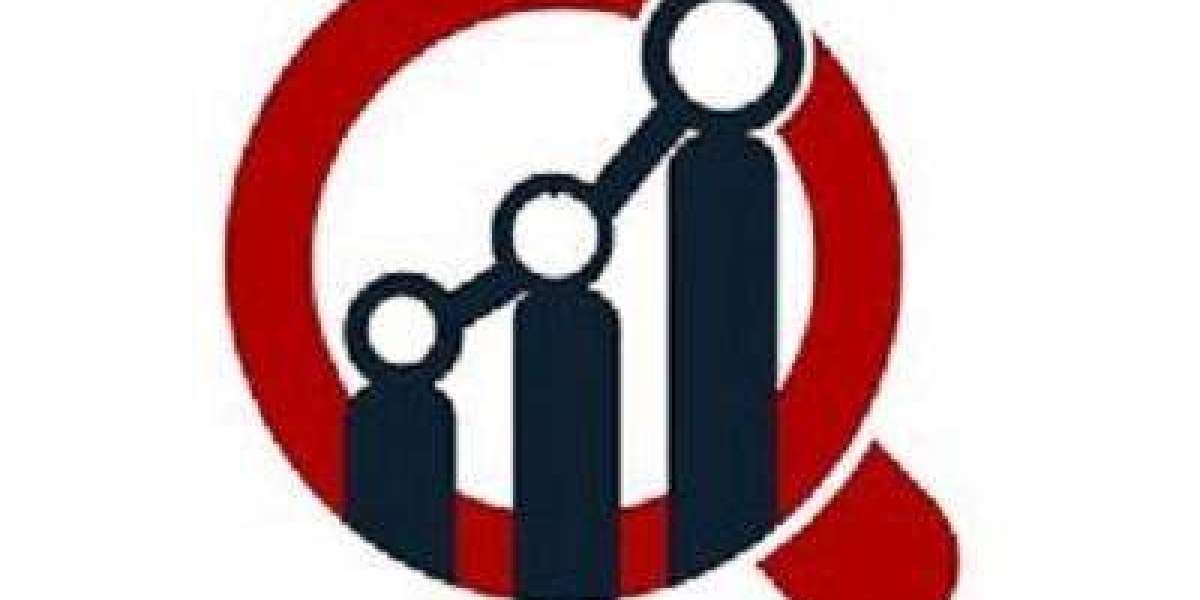IoT Enabled Motorcycles
IoT Enabled Motorcycles are equipped with Internet of Things technologies that allow for real-time data exchange, enabling features like remote diagnostics, navigation assistance, and personalized rider experiences.
How IoT Works on a Motorcycle
The heart of an IoT enabled motorcycle is a small, ruggedized piece of hardware called a Telematics Control Unit (TCU). This box is the bike's link to the internet. It typically contains:
A GPS module to know its precise location.
A SIM chip and cellular modem to connect to a mobile data network (like 4G or 5G).
An accelerometer and gyroscope to detect movement, vibration, and, crucially, a crash.
A direct connection to the motorcycle's main computer (the CAN bus) to read data about the engine, battery, and other systems.
This TCU allows the motorcycle to act as a standalone IoT device, capable of sending and receiving data to and from a central cloud server, completely independent of the rider's smartphone.
What IoT Enables for the Rider
For the owner, an IoT enabled motorcycle unlocks a host of powerful features, usually accessed through a companion smartphone app:
Live Tracking and Security: This is the most popular feature. The owner can see their bike's exact location on a map at any time. They can get an instant alert on their phone if the bike's ignition is turned on, if it's moved, or if it exits a pre-defined virtual boundary (a "geofence"). This is a game-changing anti-theft tool.
Predictive Maintenance: The bike becomes proactive about its own health. The TCU can monitor engine hours, distance travelled, and diagnostic trouble codes. It can send this data to the cloud, and the system can then notify the owner that a service is due or that a potential fault has been detected, allowing them to book a service appointment before a small issue becomes a big problem.
Automatic Ride Logging: Every journey is automatically recorded. After a ride, the rider can open their app and see a detailed summary, including the route taken, total distance, top speed, and even performance metrics like maximum lean angle. This creates a digital logbook of all your adventures.
Automated Safety: The IoT system's most critical function is safety. By using its built-in accelerometer, the TCU can detect the sudden, violent forces of a crash and automatically trigger an emergency call or send an SMS with the bike's location to pre-saved emergency contacts.
Frequently Asked Questions (FAQ)
Q1: What does "IoT enabled" mean for a motorcycle? A1: It means the motorcycle has its own built-in hardware (a Telematics Control Unit or TCU) with a SIM card and GPS that allows it to connect to the internet independently. This enables it to send data about its location, health, and status to the cloud.
Q2: What is a TCU? A2: A TCU, or Telematics Control Unit, is the small computer in an IoT-enabled vehicle that contains the GPS, cellular modem (SIM card), and sensors needed to track the vehicle and communicate with the internet.
Q3: How does an IoT system help with maintenance? A3: It allows for predictive maintenance. The system can monitor the bike's usage and diagnostic data and automatically alert the owner when it's time for a routine service or if it detects a potential technical fault, helping to prevent breakdowns.
More Related Report
Automotive Regenerative Braking System Market Size














